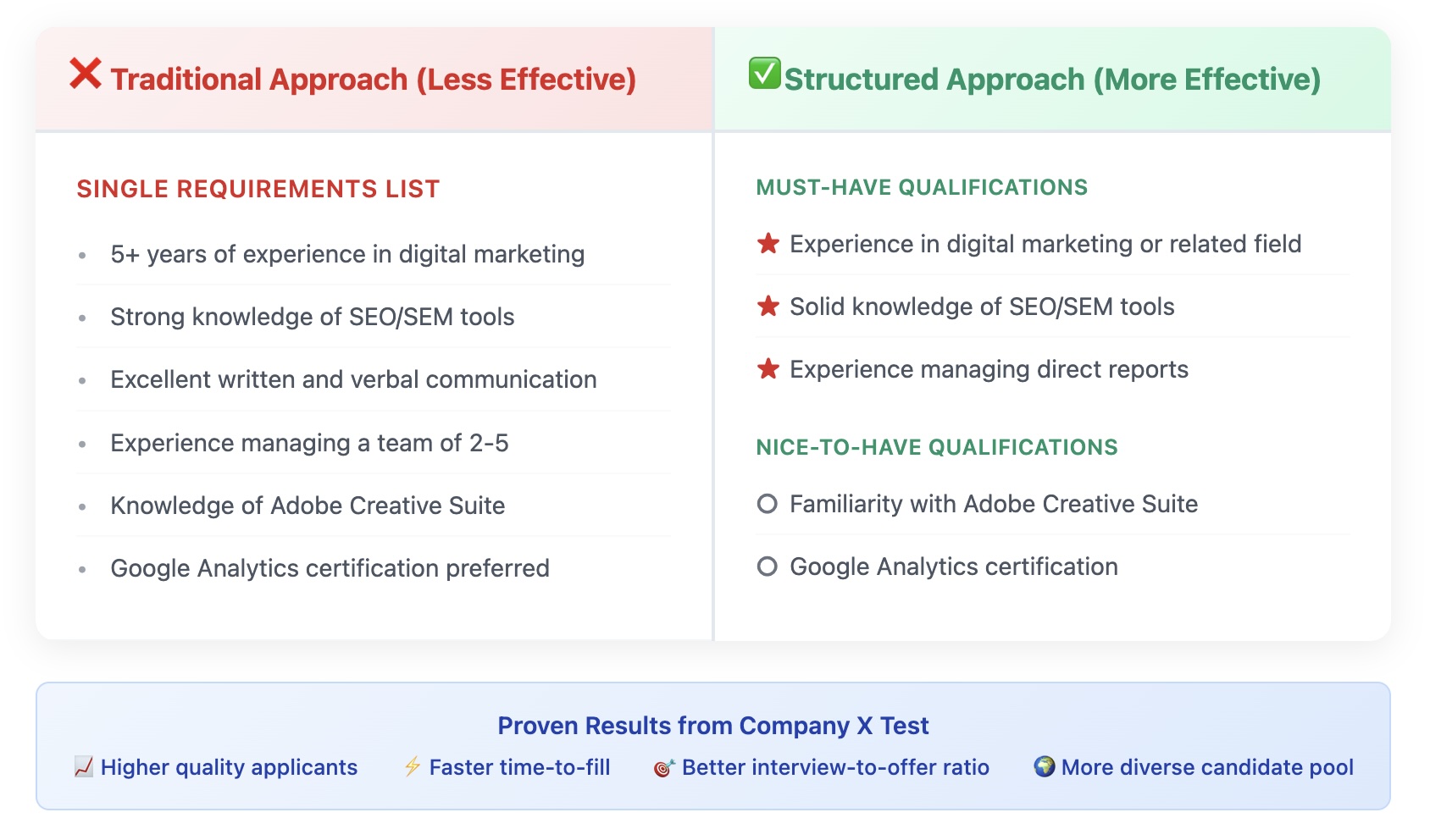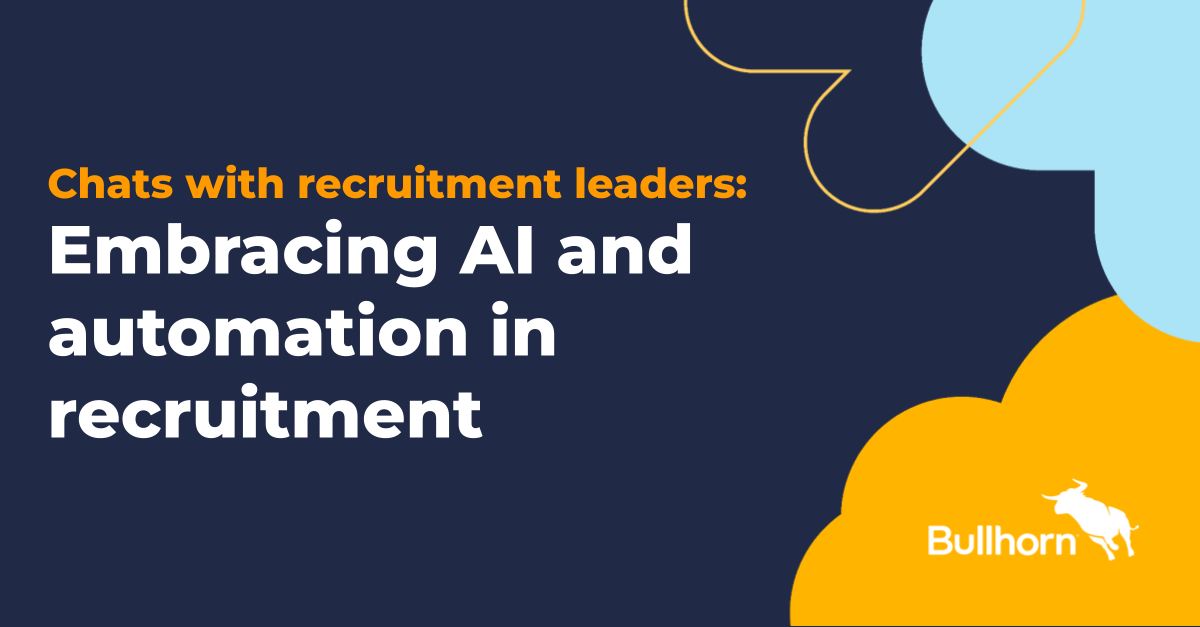In July, John Deere announced it was dialing back some of its diversity and inclusion initiatives. The move came as the company was being targeted by a conservative activist.
Deere, the world’s largest seller of farm equipment, said diversity quotas have never been company policy. Rather, it would scale back on other internal initiatives. In Deere’s public statement, it said it believed in a diverse workforce and pledged to continue to track and advance the diversity of the organization.
Microsoft also said it was scaling back some of its “DEI” efforts, and Starbucks is under investigation by the Florida attorney general for its DEI practices. Further, Zoom, Meta, and Google also made cuts to their DEI departments in 2023.
One thing is clear: since the Supreme Court’s 2023 decision overturning affirmative action in college admissions, organizations are changing how they approach DEI.
Lead With Equity
A key theme in all of these DEI pullback instances is they are focused on diversity and inclusion. This is intentional, as promoting equity at your organization presents less potential legal risks. Striving to have a more equitable workplace as it relates to pay and opportunity is a worthwhile endeavor. In fact, neglecting the equity of your workplace across those two paradigms is the far more riskier of the two options.
Achieve Authentic Pay Equity in a Legally-Compliant Manner
However, as the legal landscape evolves, even well-intentioned programs aimed at creating a more diverse and equitable workplace can go awry. This can happen when quota setting is part of your DEI initiatives. This can be exacerbated when pay incentives, particularly for executives, are tied to those quotas being met.
Starbucks’ current inspection from the state of Florida, for example, is specifically in regard to its stated representation goals that were tied to executive compensation.
Employer Action Items
Employers should audit their existing pay and opportunity equity processes to ensure they are legally compliant. One way in which they may not be is automatically using male as the reference class for gender and White as the reference class for race/ethnicity.
This approach assumes White males are advantaged relative to other demographic classes in employment outcomes (e.g., pay, hiring, promotion, and retention). While this is sometimes the case, it is not always the case.
As our Executive Vice President of Pay Equity and Total Rewards Strategies and Solutions, Gail Greenfield, notes: While this approach may be reasonable when reporting enterprise-wide pay and opportunity equity results, it’s not the preferred approach when identifying and remediating disparities.
Level Up Your Pay Equity Knowledge With Our Pay Equity Deep Dive Series
Instead, our recommendation is to take a neutral approach in looking for pay and opportunity disparities (i.e., any demographic class can be identified as having a disparity), thereby reducing the chance of missing any “reverse discrimination” risks.
For any jurisdiction-specific compliance analysis (e.g., Illinois Equal Pay Certificate), we recommend using the reference class required by the legislation.
Leverage Compliant Workplace Equity Software
Workplace equity software solutions support organizations in achieving pay and opportunity equity. However, an important part of your due diligence is ensuring that your software solution is legally compliant.
Trusaic’s pay equity software solution conducts a pay equity audit across your workforce at the intersection of gender, race/ethnicity, age, disability and more in one statistical regression analysis, taking a neutral approach in looking for pay disparities. This empowers you to address and prevent pay inequities in a legally compliant manner.
Our three-pronged approach is a cut above other solutions:
- Leverage the Global Pay Data Reporting™ solution and easily complete required reporting by compliance deadlines.
- Leverage PayParity® and OpportunityParity™ to understand, explain, and resolve pay disparities. And now, with R.O.S.A., you can optimize the spend of your remediation budget to ensure you are maximizing the ROI of each dollar spent.
- Leverage the Workplace Equity product suite to communicate narratives and share salary ranges with confidence. Communicate the sources of your pay gaps, progress objectives, and corrective measures to employees and internal stakeholders. Show data-backed progress in your pay gaps over time.
Our comprehensive workplace equity software solutions and on-demand expert support is with you every step of the way. With Trusaic, you can proceed with confidence, knowing you are working toward achieving pay equity with the backing of methodology that is legally compliant.











